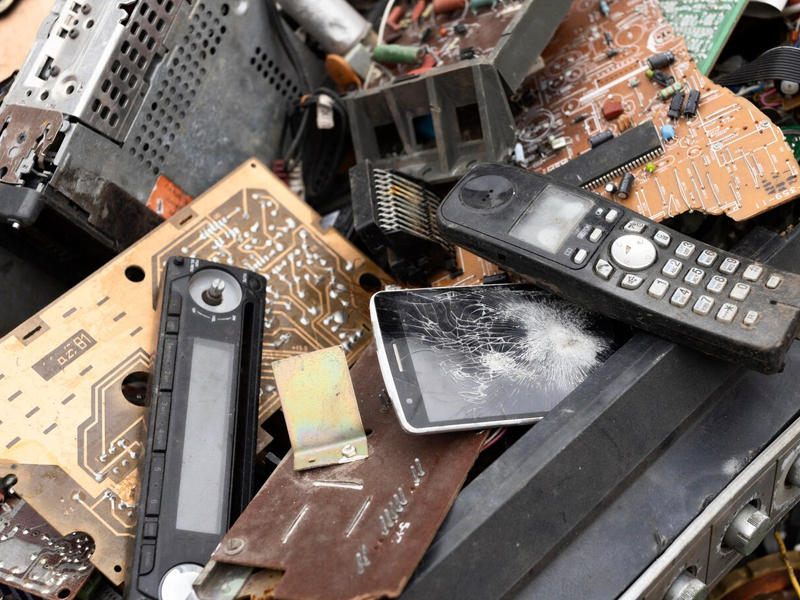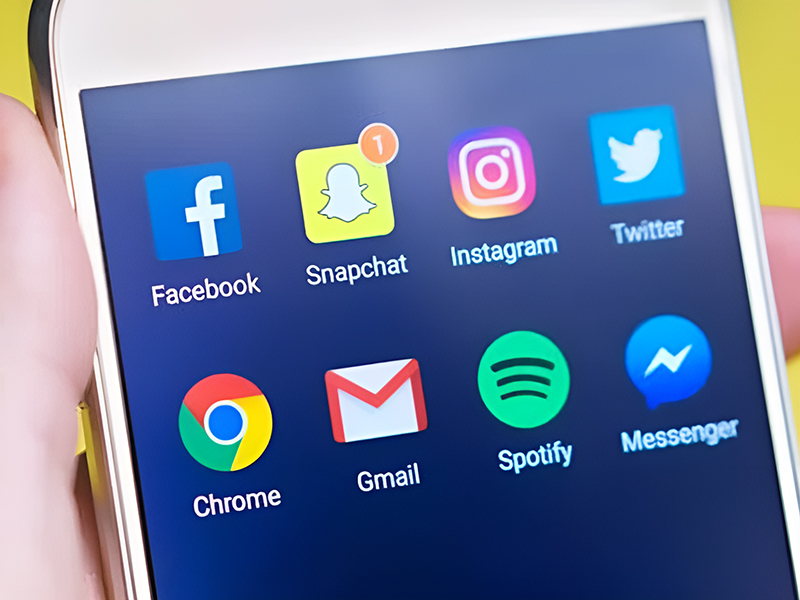Gearing Up for a Connected Tomorrow: Top Trends Shaping the Future of IoT

Internet of Things
The Rise of AI and Machine Learning
 Artificial intelligence (AI) and machine learning (ML) are becoming increasingly intertwined with IoT. By analyzing the vast amount of data collected from connected devices, AI can unlock powerful insights and automate processes in various ways:
Artificial intelligence (AI) and machine learning (ML) are becoming increasingly intertwined with IoT. By analyzing the vast amount of data collected from connected devices, AI can unlock powerful insights and automate processes in various ways:
Predictive Maintenance
Imagine your smart refrigerator analyzing sensor data to predict potential equipment failures before they happen. AI-powered IoT systems can revolutionize preventive maintenance across industries.Enhanced Security
AI algorithms can analyze network traffic patterns to detect and prevent cyberattacks on connected devices, improving overall security in the IoT ecosystem.Personalized User Experiences
IoT devices powered by AI can learn your preferences and habits, personalizing your interactions with connected devices in your home or workplace.The Power of 5G Connectivity
 The rollout of 5G networks will be a game-changer for IoT. 5G offers significantly faster data speeds, lower latency (communication delays), and increased network capacity compared to previous generations. This opens doors for a wider range of applications:
The rollout of 5G networks will be a game-changer for IoT. 5G offers significantly faster data speeds, lower latency (communication delays), and increased network capacity compared to previous generations. This opens doors for a wider range of applications:
Smart Cities
Imagine traffic lights that dynamically adjust based on real-time traffic data, or waste management systems that optimize collection routes. 5G’s capabilities will be crucial for developing truly intelligent and interconnected cities.
Industrial Automation
Manufacturing processes can be revolutionized with faster and more reliable data transfer between connected machines. 5G will enable real-time monitoring, remote control, and advanced automation in factories.Remote Healthcare
5G can facilitate real-time monitoring of patients with wearable devices, enabling faster diagnoses and improved remote healthcare delivery.The Explosion of Connected Devices
 The number of connected devices is expected to continue its exponential growth. Analysts predict billions of devices will be connected to the internet in the coming years, creating a vast network of interconnected things. This surge will be driven by several factors:
The number of connected devices is expected to continue its exponential growth. Analysts predict billions of devices will be connected to the internet in the coming years, creating a vast network of interconnected things. This surge will be driven by several factors:
Lower Cost Sensors
As the cost of sensors continues to decrease, integrating them into everyday objects will become more affordable, leading to a wider range of connected devices.Improved Battery Life
Advancements in battery technology will enable longer lifespans for connected devices, making them more practical and user-friendly.Focus on User Benefits
As the focus shifts towards providing tangible benefits to users, we’ll see an increase in connected devices that enhance our daily lives, from smart clothing to connected appliances.The Road Ahead: A Symphony of Technologies
The future of IoT will be shaped by a powerful combination of these trends. AI will analyze data from a growing number of connected devices, leveraging the speed and reliability of 5G networks. This synergy will lead to a more connected and intelligent world, with applications across various industries and aspects of our lives.Challenges and Considerations
While exciting, the future of IoT isn’t without challenges. Security concerns will remain a top priority as the attack surface expands with more connected devices. Standardization across platforms and devices will be crucial to ensure seamless integration and interoperability. Additionally, ethical considerations around data privacy and potential biases in AI algorithms will need to be addressed.Embracing a Connected Future
The future of IoT holds tremendous promise, offering a world of enhanced efficiency, convenience, and innovation. By acknowledging the challenges and embracing responsible development, we can leverage the power of AI, 5G, and a growing network of connected devices to build a smarter and more connected future for all.You Might Be Interested In:
Frequently Asked Questions?

01
Internet of Things
Tesla’s Robotaxi: A Driverless Future on the Autobahn (or Freeway)?
May 2, 2024

01
AI & ML
Meta Llama 3: Jack of All Trades, Master of None (But Still Free!)
May 1, 2024

01
Tech Gadgets
Don’t Trash Your Tech! Combating E-waste & Embracing Responsible Gadget Disposal
Apr 30, 2024

01
Cybersecurity
Beyond Likes and Followers: Exploring the Evolving Landscape of Social Media
Apr 28, 2024
SUSBSCRIBE TO OUR NEWSLETTER
Join our subscribers list to get the latest news and special offers.
Tesla’s Robotaxi: A Driverless Future on the Autobahn (or Freeway)?
Meta Llama 3: Jack of All Trades, Master of None (But Still Free!)
Don’t Trash Your Tech! Combating E-waste & Embracing Responsible Gadget Disposal
Mixed Signals: Decoding Intel’s Stock Slump Despite Earnings Beat